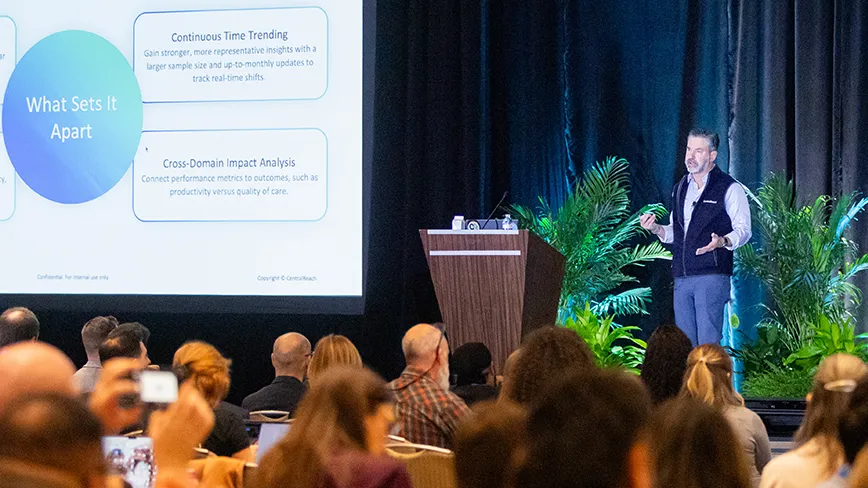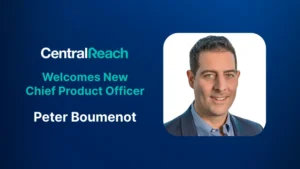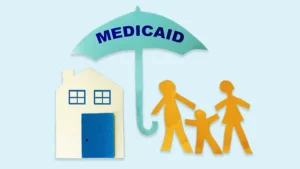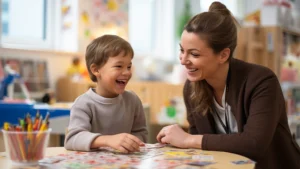Supporting parents and caregivers is one of the most beneficial ways a behavior analyst can improve the quality of life for their learners. Effective and practical parent training can play a pivotal role in shaping a child’s development and improving parent-child relationships. This all starts with crafting creative and precise parent training goals.
Treatment Goal Writing Guidelines
When writing treatment plan goals, whether for caregiver or learners , behavior analysts should aim to achieve the following essential criteria.
- Clarity–Will your audience (typically the funding source) be able to read your goals and fully understand what you are communicating? Clarity is vital for avoiding treatment plan returns from your funders.
- Achievable and realistic–Is the goal something that can realistically be achieved within the goal timeline?
- Clear mastery criteria–Again, clarity is significant. What exactly will it look like when the learner, whether the parent or the client, masters this goal? How will you know it has been met? Consider that what is clear to you may not be clear to others.
- Objective, specific, and measurable–Behaviors targeted must be objective and measurable. Consider whether you can directly observe the occurrence or non-occurrence of the behavior.
- Meaningful for the family–Social significance should be at the forefront of goal planning. What behaviors and skills are most important to the client, parent(s), and family? This is key to writing holistic goals. Consider how each goal would improve the quality of life for each family member.
- Backed by scientific evidence–Base your treatment goals on scientific evidence and best practices. If there is a question regarding whether your goal is scientifically validated, it may get returned for further clarification.
Adding Precision and Creativity to Your Goal Writing
In addition to the generally agreed upon treatment goal writing guidelines, we encourage behavior analysts to think outside the box. When writing holistic caregiver training goals, how can you bring precision and creativity to the process to more adequately address the needs of your families?
Writing Precise Goals
Precise goals encompass all of the aforementioned goal-writing guidelines. However, precise goals also involve communicating the goal’s scope. This means we must have a clear and comprehensive sense of the details that will be reflected in the goal. Adding some context, such as the settings and situations in which the learner will demonstrate the skill, can be beneficial in adding precision. However, we aren’t necessarily communicating the full sequence of how we are achieving the goal. It’s necessary to have the flexibility to shift gears and make changes when needed rather than be bound to a specific set of procedures.
Writing Creative Goals
While your caregiver training goals should be created based on the results of assessments, it’s vital that they are written as individualized to each learner and family. Caregiver goals should be written to best support the family’s unique concerns and areas of need. Go beyond the basics! Creative goals create space for your expertise to shine through. Being creative in your goal writing does not mean you should be vague or attempt to trick the funder by making it sound like a goal means one thing when it really means another. Combining creativity with precision ensures we are writing specific and individualized goals.
Expand Your Holistic Goal Writing Expertise
To learn more about the treatment planning process for caregiver training, including how to write precise and creative caregiver training goals, check out our webinar, Bringing Precision and Creativity to Holistic Goal Writing.
Earn 1.0 BACB CEUs for attending this free webinar put on by Kristin Smith, M.Ed., BCBA, LBA (WA), and Timothy Fuller, Ph.D., BCBA-D. Gain knowledge and develop strategies to help you more efficiently support each client’s whole family unit.






